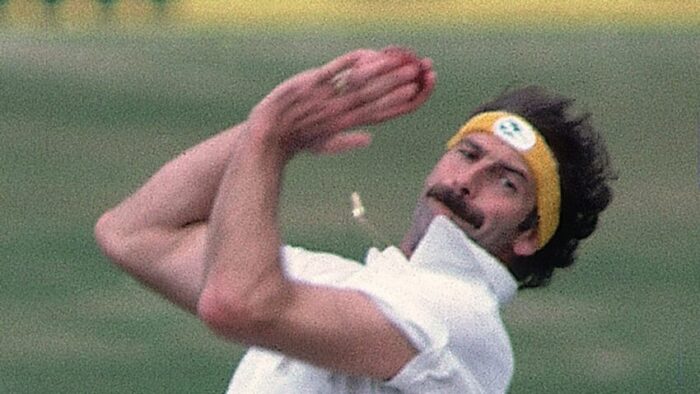Fast bowlers are a team's biggest advantage in every aspect. There's a big difference between an extraordinary fast bowler and a quick bowler. Not all "fast bowlers are greatest." It's tough for fast bowlers to retain health and consistency because they're prone to injury. However, a "unique breed of bowlers" has always stood out in terms of fast bowlers and earned the title, the Greatest Fast Bowler of All Time. Cricket has traditionally been a batsman's game, but there are still bowlers who have dominated this game for years and kept the spectators in suspense. But the bowler is still terrorizing. We are going to recall some of the best fast bowlers of all time in this article:
1. Wasim Akram
Wasim Akram, "Sultan of Swing," was one of the best left-arm pacers in cricket history. His ability to swing both ways makes him one of the toughest bowlers. As a member of the 1992 world champions and the tournament's highest wicket-taker, he helped Pakistan win the title. With Waqar Yonis, he was one of the most fearsome bowling combinations in Pakistan cricket history throughout the 1990s era. As an ODI player, he has played 356 matches, got 502 wickets, had a 23.52 average, got a 36.2 strike rate, and a 3.89 economy rate. As a Test player, he has played in 104 matches, taken 414 wickets, averaged 23.62, and struck out 54.6 times. From 1984 until 2003, he represented Pakistan on the international stage.

2. Curtly Ambrose
When Curtly Ambrose was in the team, West Indies was in the middle of a transition period. In the 1990s, he and Courtney Walsh were the most devastating bowling duo, and batters feared going against them. Because of his height, Ambrose could dominate batters and force them to submit in front of him. As a result of his more than 1100 wickets, he has the 3rd-best test average among 200 wickets and is the 10th-fastest to achieve 400 wickets in the most challenging format. As an ODI player, Ambrose has played 176 ODIs, taken 225 wickets, had a 24.12 average, maintained a 41.5 strike rate and 3.48 economy rate. As a Test player, he has played 98 matches and 405 wickets, with an average of 29.99 and a strike rate of 54.5. From 1988 until 2000, he represented the West Indies on the international stage.

3. Imran Khan
The All-Rounder tag is genius. Cricket was more of a bowling game than a running game in the past. Imran Khan captained the World Cup-winning team in 1992. As a result of his leadership qualities, he became the best all-rounder. With 236 wickets at an incredible average of 17.77 between 1980 and 1988, Imran Khan established himself as one of the most dangerous bowlers. Imran Khan played 175 ODI matches, took 182 Wickets, got a 26.61 average, had a 40.9 Strike rate and 3.89 Economy rate. He played 88 matches and 362 wickets in Tests, with a 22.81 average and a 53.7 Strike rate. The economy rate was 2.54. From 1971 until 1992, he represented Pakistan on the international stage.
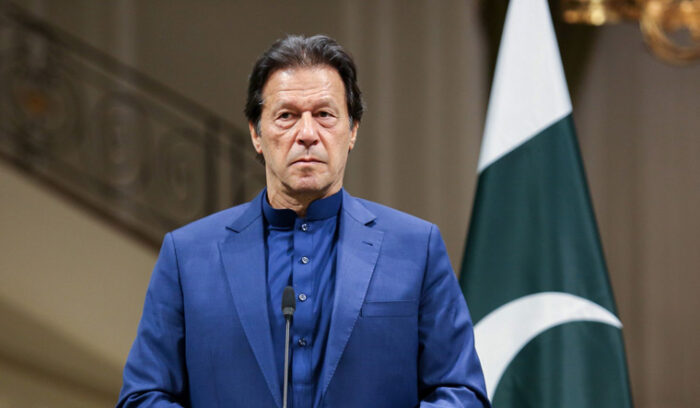
4. Malcolm Marshall
A slanted run-up was used by Malcolm Marshall, as opposed to a straight run-up. Bob Willis had a similar run-up in the same vein, although he wasn't as quick as Marshall was. To date, Marshall has arguably bowled the most bouncers, and they've all been so effective that they've damaged a few batters and discouraged a lot more. Bounty deliveries were sent to right-handed batters from around the wicket, with a middle and leg line such that batters did not even have a chanceto avoid the body hit. He averaged 20.94 and bowled at 90+ mph for most of his career. Test bowlers with more than 200 wickets have failed to beat his average of 20.94 runs per wicket. From 1978 until 1992, he represented the West Indies on the international stage.
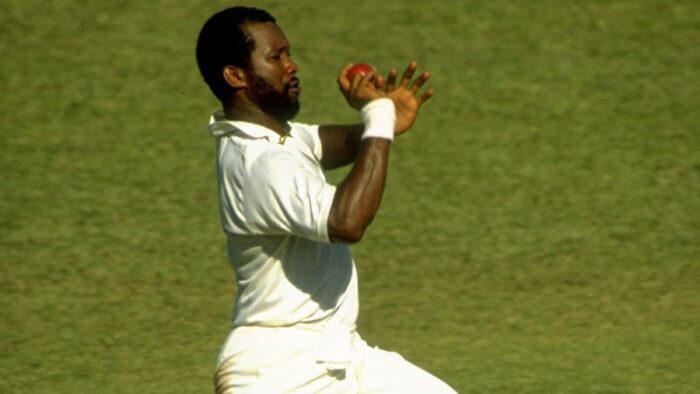
5. Michael Holding
Michael Holding was the first to use the term "Whispering Death." However, the raw speed and bounce he created made him unusable. It was the most impressive display of speed bowling in 1981 when the over to Boycott was called off. Sunil Gavaskar, one of the greatest batsmen of all time, said that he was the only bowler any batsman in the world would dare to face. When it came to dismissals, Michael Holding dismissed Sunil Gavaskar 11 times, whereas Geoff Boycott had six sixes in his career. He has played 102 ODIs matches, 142 wickets, 21.36 average, 38.5 strike rate, 3.32 economy. He has played Sixty Test matches, taken 249 wickets, a 23.68 average, a 50.9 strike rate, and a 2.79 economy rate.
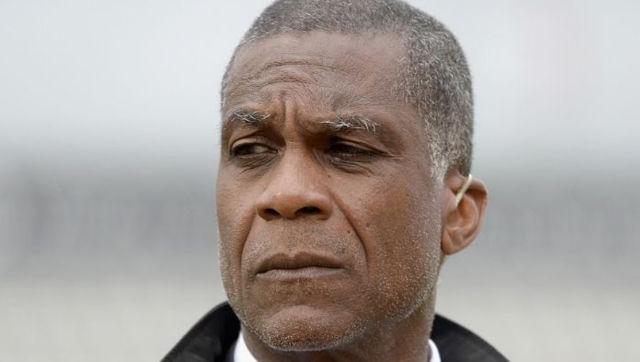
6. Dale Steyn
Speed, swing, Bullseye, and Rhythm were Dale Steyn's trademarks. It's no surprise that he's the youngest of the top five. Bowlers have little option in the era of batting-friendly surfaces and smaller venues, and Dale Steyn was one of them. Steyn took on the South African speed attack following Allan Donald, and what he did next will be remembered for decades. Bowler of a unique breed, he had both swing and speed. He was a nightmare for hitters, turning batting-friendly surfaces into graveyards for even the greatest batsmen of his day. With a 42.3 percent strike rate, no other bowler in 142 years of cricket could match him. Scores for one-day international cricket (ODIs): 125 matches, 487 economy runs, 25.95 wickets, 31.9 Strike Rate, and 31.9% average. Scores: 93 Tests, 439 wickets, 22.95 average, 42.3 Strike-rate, and a 3.24 Economy Rate.
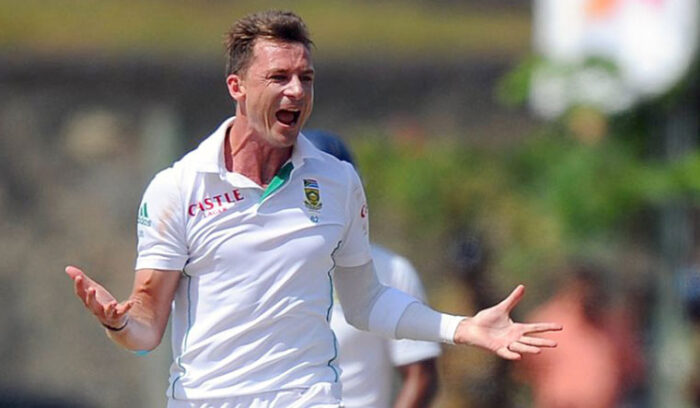
7. Brett Lee
Brett Lee, the Australian bowler, is considered one of the world's best pace bowlers. After acquiring the unique ability to bowl fast and reverse swing, Lee became one of the cornerstones of Australia's frightening pace attack of the 20th century. On November 8, 1976, Lee was born into a family of cricket fans, and his childhood goal was to become the fastest bowler in the world. He played with the Oak Flat Rats, a youth team when he was a kid. He made it to the New South Wales squad based on several solid performances for Australian U-17 and U-19 teams. As a result of Lee's ability to bowl quickly, he was included in the Australian team for the tour of India. A seven-wicket haul in his test debut in 1999 marked Lee's arrival on a large stage, including a fifer in the first innings. His debut was hampered by injuries that kept him out for about a year after that.
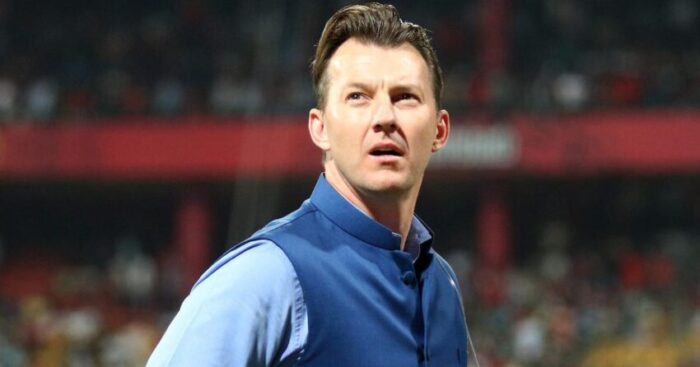
8. Allan Donald
South Africa's lone bowling superstar of the 1990s. Donald's incredible speed put the legendary hitters on the defensive side. Unplayable deliveries at raw velocity were the hallmark of this genius' Trent Bridge stint versus Mike Atherton. For a bowler who has taken 200 wickets, Allan Donald has a 21.78 average, which is the greatest in history. Records: 164 ODIs, 272 wickets, 21.78 average, 31.4 strike rate, and 4.15 economy in the 164 matches. Statistics: 72 matches, 330 wickets (22.25 average), 47.0 strike rate (47.0%), and 2.83 economy rate (2.83%) in Test cricket.

9. Sir Richard Hadlee
In New Zealand's history, he was one of the finest bowlers. Sir Richard Hadlee would be a perfect fit for the title of the intelligent pacer in cricket. In addition to his accuracy, he also could confound batters with his deadly outswinger. His 431 wickets were a record for a bowler at that time. Scores and statistics in one-day internationals (ODI): 110 matches, 215 wickets (average: 21.5), 38.1 Strike Rate, and 3.30 Economy Rate. There were eight-six matches, 431 wickets, a 22.29 average, a 50.8 strike rate, and a 2.63 economy rate in tests.

10. Dennis Lillee
There is no surprise for one of the No.1 bowlers, as he has proven himself to be a true fast bowler and epitomizes the concept of raw pace bowling. It is said that he is the "godfather" of fast bowling. His sheer speed was a total nightmare for the batter at one point in his career. Despite his shortened run-up following injuries, he could still take wickets and bother batters with his speed. The first bowler in history to break the threshold of 350 wickets in a single season! He and Jeff Thompson established one of the finest bowling combinations in cricket history. Several fractures on his back nearly ruined Lillee's early portion of his career. With the help of a challenging training regimen, he regained his former level of fitness and was able to play international cricket again. Upon retiring from international cricket in 1984, he held the world record for most Test wickets (355) and was termed one of Australia's most famous athletes. His name was included on the finest Ashes team in a fan vote held by the CA in 2017.
